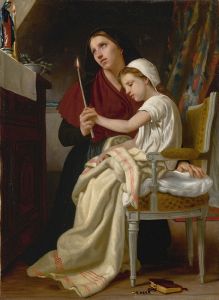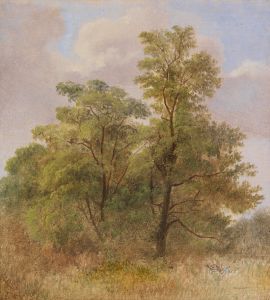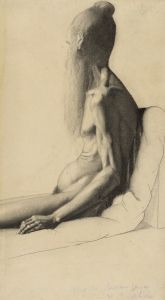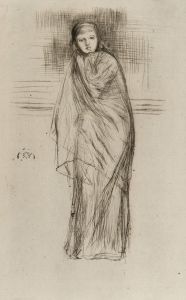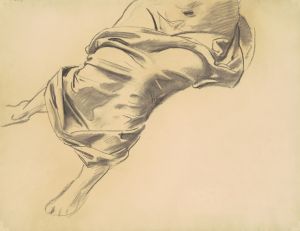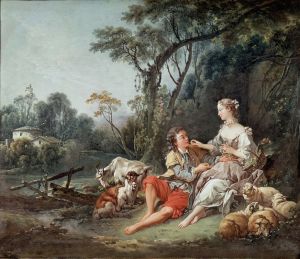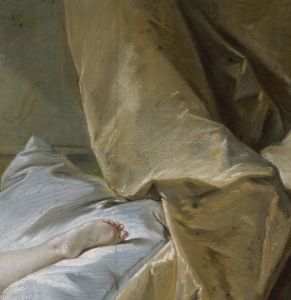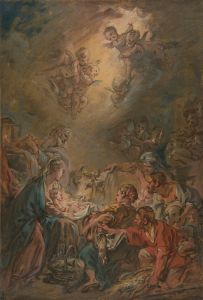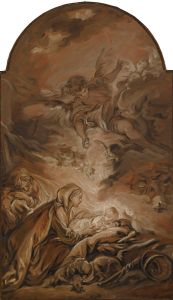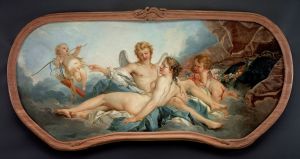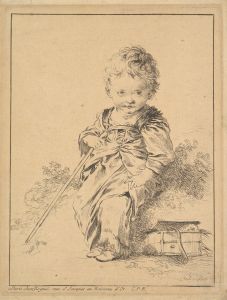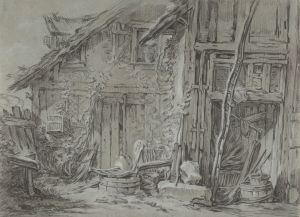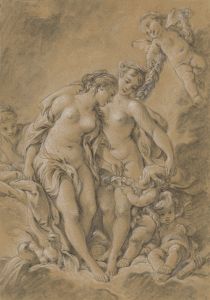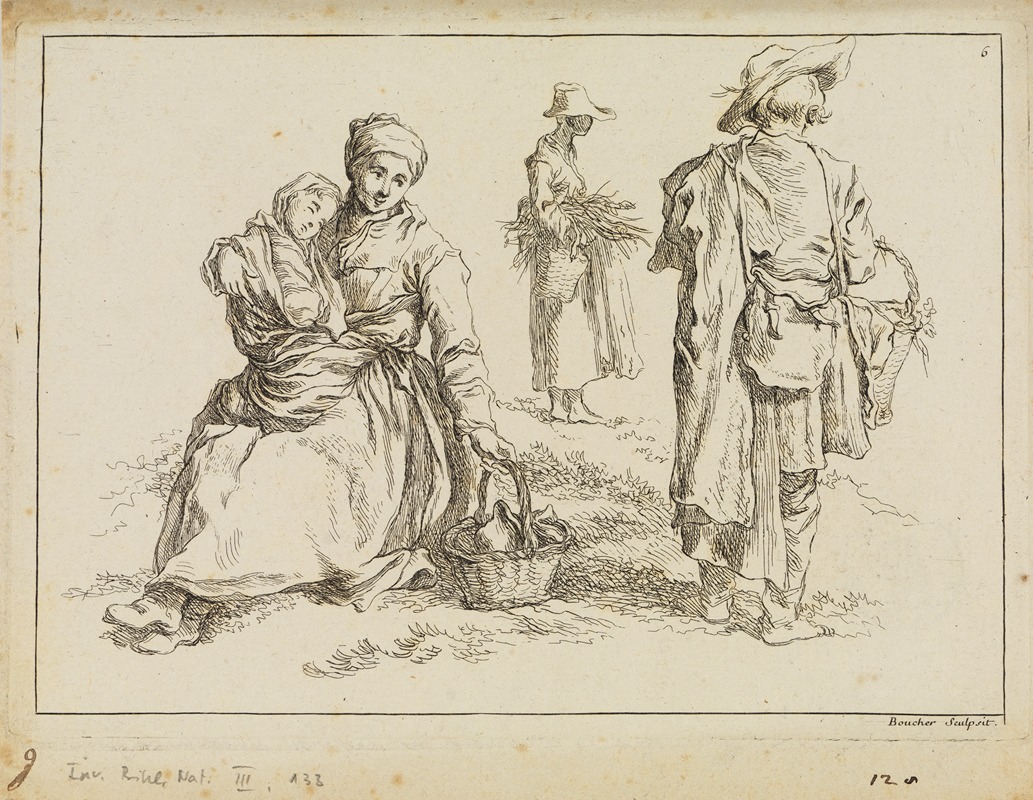
Figure studies
A hand-painted replica of François Boucher’s masterpiece Figure studies, meticulously crafted by professional artists to capture the true essence of the original. Each piece is created with museum-quality canvas and rare mineral pigments, carefully painted by experienced artists with delicate brushstrokes and rich, layered colors to perfectly recreate the texture of the original artwork. Unlike machine-printed reproductions, this hand-painted version brings the painting to life, infused with the artist’s emotions and skill in every stroke. Whether for personal collection or home decoration, it instantly elevates the artistic atmosphere of any space.
François Boucher was a prominent French painter of the Rococo period, known for his idyllic and voluptuous paintings that often depicted classical themes, pastoral scenes, and allegorical subjects. Born in Paris in 1703, Boucher became one of the most celebrated artists of his time, gaining the patronage of influential figures such as Madame de Pompadour, the chief mistress of King Louis XV. His work is characterized by its playful and sensuous style, with a focus on light, color, and movement.
"Figure Studies" by François Boucher is a work that exemplifies his skill in capturing the human form with elegance and grace. Although specific details about this particular piece are scarce, Boucher's figure studies generally served as preparatory works for his larger compositions. These studies were crucial for Boucher to explore different poses, gestures, and expressions, which he would later incorporate into his paintings and tapestries.
Boucher's figure studies often feature both male and female subjects, depicted in various states of undress, which was typical of the Rococo style's emphasis on sensuality and beauty. These studies reveal Boucher's mastery of anatomy and his ability to render the human body with fluidity and precision. The figures are often shown in dynamic poses, capturing a sense of movement and vitality that is a hallmark of Boucher's work.
In the context of the 18th century, figure studies were an essential part of an artist's training and practice. They allowed artists to refine their techniques and experiment with different compositions before committing to a final piece. Boucher, like many of his contemporaries, would have used these studies to perfect his understanding of light and shadow, as well as to explore the interplay of forms within a composition.
Boucher's work, including his figure studies, reflects the broader cultural and artistic trends of the Rococo period, which favored lightheartedness, decorative elegance, and a focus on pleasure and beauty. His art was often criticized for its perceived frivolity and lack of moral seriousness, but it was also celebrated for its technical brilliance and its ability to capture the spirit of the age.
Today, Boucher's figure studies are appreciated not only for their aesthetic qualities but also for their insight into the artistic process of one of the 18th century's most influential painters. These works continue to be studied by art historians and admired by art lovers for their contribution to the development of European art.
While specific information about the individual piece "Figure Studies" by François Boucher may be limited, the general characteristics of his figure studies provide a valuable understanding of his artistic approach and the cultural context in which he worked. Boucher's legacy endures through his ability to capture the beauty and elegance of the human form, making his figure studies an integral part of his artistic oeuvre.





